An Analysis of Humor in Home with Kids from Perspective of Speech Act Theory
DOI: 10.23977/langl.2024.070316 | Downloads: 103 | Views: 1586
Author(s)
He Linfang 1
Affiliation(s)
1 School of English Studies, Xi'an International Studies University, Xi'an, Shaanxi, 710128, China
Corresponding Author
He LinfangABSTRACT
Home with Kids is a family sitcom with ideal broadcast effect in China, and its humorous effects have attracted the attention of many scholars. Based on Austin's speech act theory, this paper explores the role of speech acts in the construction of humorous effects in the sitcom Home with Kids. It is found that the humor in this play is mainly caused by two speech acts. On the one hand, the literal meaning of the language itself, that is, the locutionary act, produces humor. On the other hand, illocutionary act, the misinterpretation or ignorance of the meaning of the language in a specific context or situation, can invisibly construct humorous effect. This study aims to broaden the research scope of speech act theory, test the practicality and feasibility of speech act theory for dynamic discourse. Meanwhile, it aids people to better understand the humorous effects generated in two speech acts, and helps them to better appreciate sitcom Home with Kids.
KEYWORDS
Humor, Home with Kids, Speech act theoryCITE THIS PAPER
He Linfang, An Analysis of Humor in Home with Kids from Perspective of Speech Act Theory. Lecture Notes on Language and Literature (2024) Vol. 7: 113-117. DOI: http://dx.doi.org/10.23977/langl.2024.070316.
REFERENCES
[1] Chen, J. and Xu Y. (2006) On Pragmatic Humor in Friends. Journal of South China Agricultural University (Social Science Edition), (1), 86-90.
[2] Ge, Y. (2014) The Violation of Cooperative Principle and Analysis in Home with Kids. Journal of Yanbian Education College, 28(6), 5-7.
[3] Qiu, X. (2011) The Humorous Effect from the Perspective of Relevance Theory: A Case Study of the Dialogue in Home with Kids. Foreign Languages and Literature, 27(2), 67-69.
[4] Ke, Z. (2015) A Comparative Analysis of the Culture of Verbal Communication in China and the United States: A Case Study of Home with Kids and Modern Family. The Journal of Shandong Agriculture and Engineering University, 32(8), 186-187.
[5] Chen, C. (2019) A Comparative Study of Verbal Humor in English-Chinese Sitcoms: A Case Study of Growing Pains and Home with Kids. Journal of Jiamusi Vocational Institute, (2), 150-151+154.
[6] Zhang, W. (2020) A Comparative Analysis of the Ambiguity of English and Chinese Languages: A Case Study of the Chinese and American Sitcoms Home with Kids and Friends. English Square (32), 53-56.
[7] Ma, D. and Fan, S. (2021) The Differences in Family Education between China and the United States from the Perspective of Hofstead's Theory of Cultural Dimensions: A Case Study of Home with Kids and Modern Family. Theoretic Observation, (10), 134-136.
[8] Ma, H. (2006) Speech Acts Theory. Foreign Theoretical Trends, (12), 2.
[9] Austin, J. L. (1962) How to do things with words. Oxford: Clarendon Press.
| Downloads: | 50738 |
|---|---|
| Visits: | 981785 |
Sponsors, Associates, and Links
-
Journal of Language Testing & Assessment
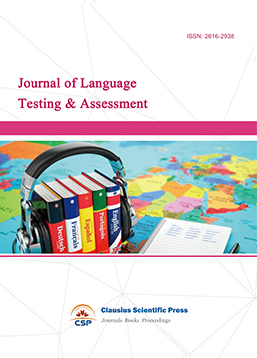
-
Information and Knowledge Management

-
Military and Armament Science

-
Media and Communication Research

-
Journal of Human Movement Science

-
Art and Performance Letters
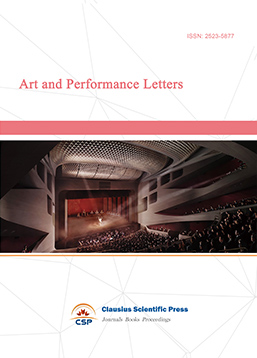
-
Lecture Notes on History
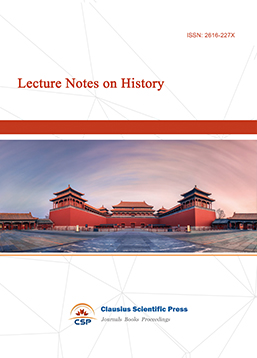
-
Philosophy Journal
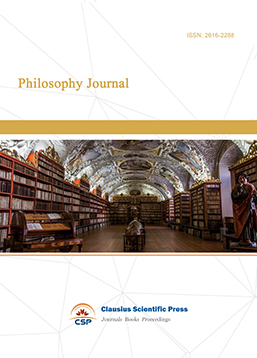
-
Science of Law Journal

-
Journal of Political Science Research
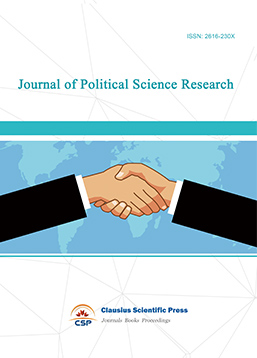
-
Journal of Sociology and Ethnology
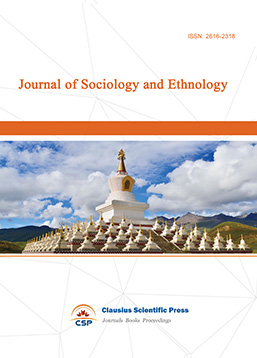
-
Advances in Broadcasting


 Download as PDF
Download as PDF